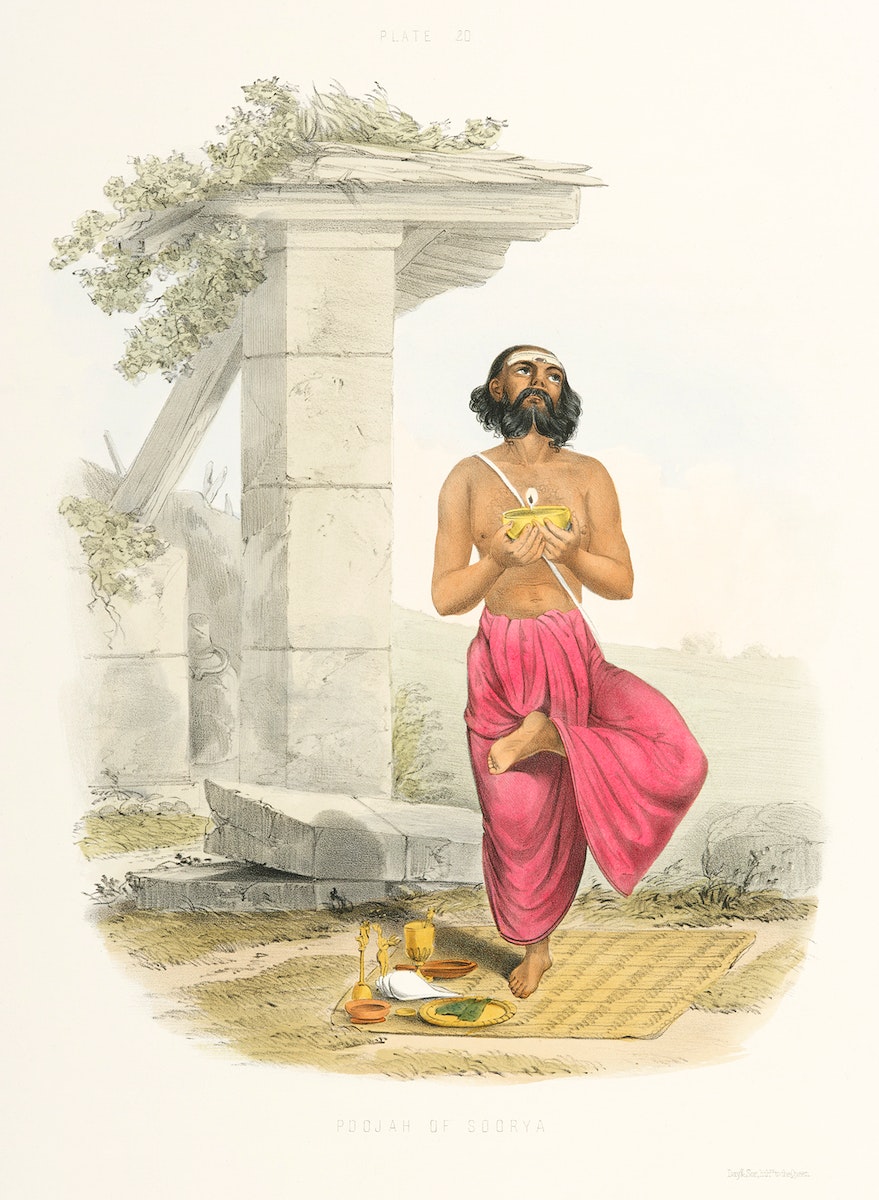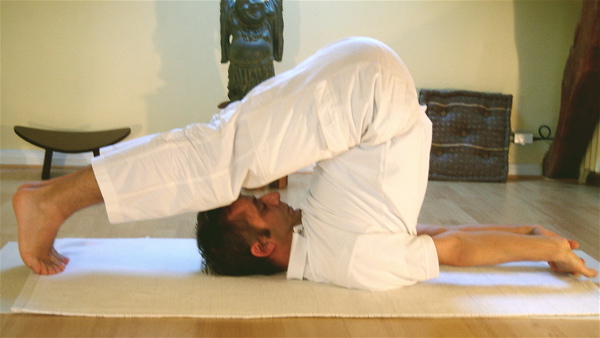Activation Techniques for Kundalini Shakti
The Kundalini’s awakening is a significant stage in the soul’s development. There are several ways to arouse kundalini. In actuality, the kundalini Shakti gradually awakens as the result of the majority of spiritual acts. The majority of these techniques must be acquired from an experienced master. Not all techniques work for everyone. The amount of … Read more









